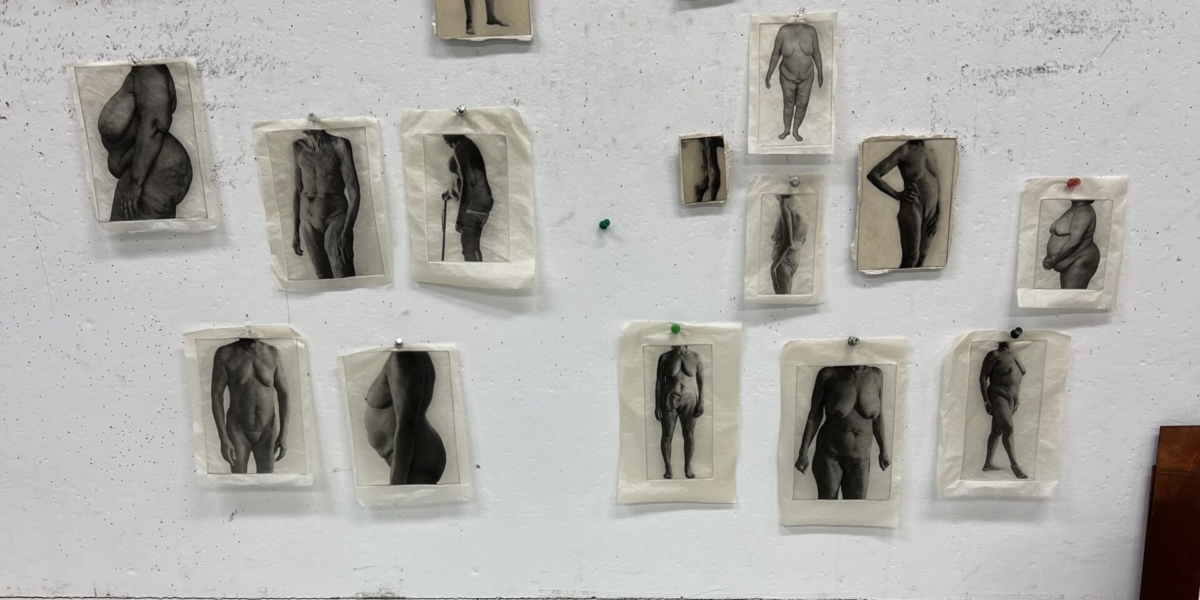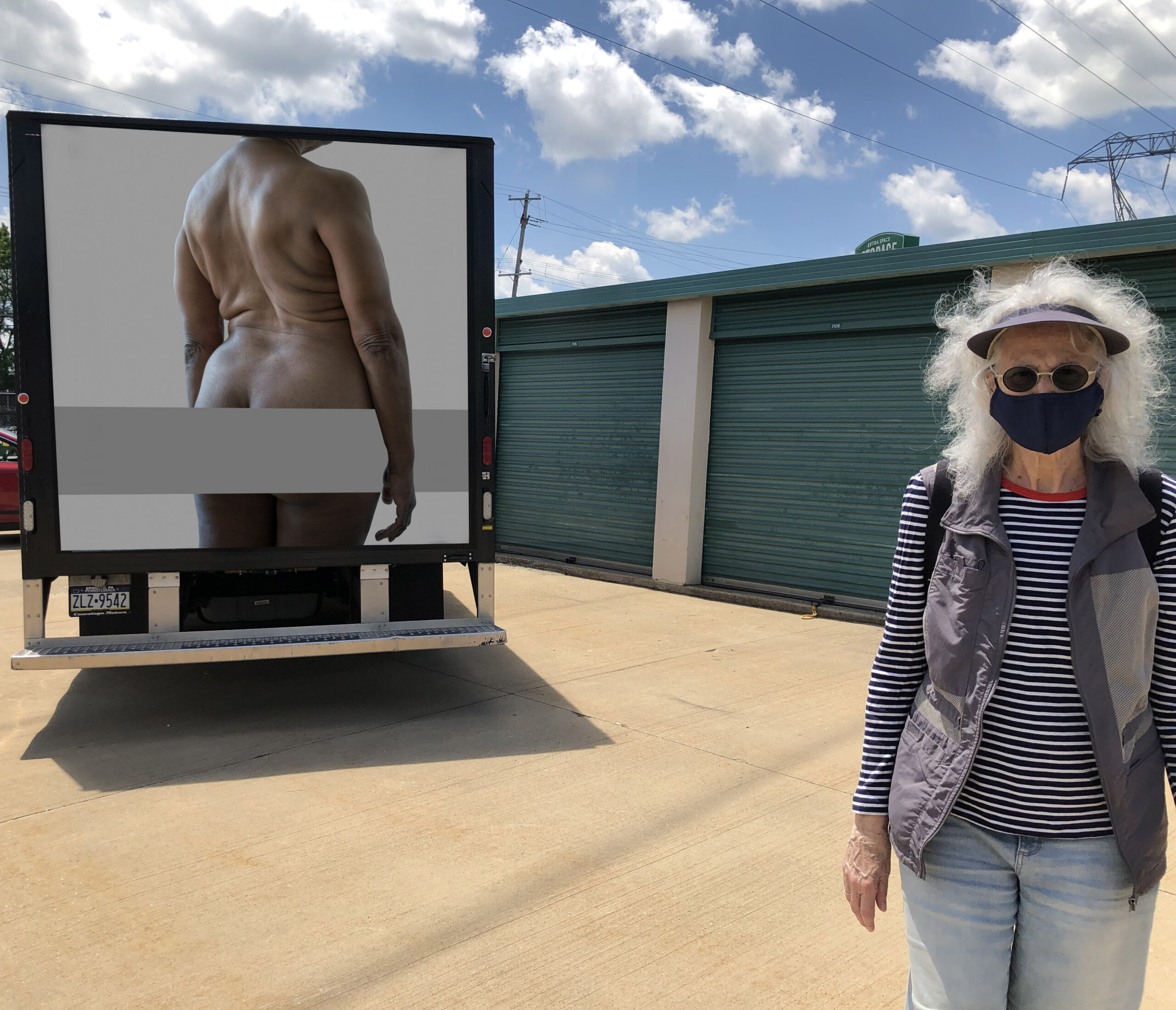
Photographer Nancy Hellebrand visting PCA&D for March 21 Artist Talk
Friday, March 15th, 2024
For photographer Nancy Hellebrand, rapport with her subjects is “natural, if I get out of the way (and) pay full attention.”
She brings her expertise and advice to Pennsylvania College of Art & Design on Thursday, March 21 as a guest of the Foundation Department. Everyone is invited to attend, at 12:45 pm in the Atrium.
We talked to Hellebrand about her influences, her process, and her projects:
You studied at several universities; you’ve also studied privately; and you’ve taught. Do you take different skills or lessons from each?
Nancy Hellebrand: University: I studied literature. I recommend it for fine arts training. I learned photography from working in different studios after I left school. But literature brings a deeper understanding of oneself and the world we live in. Film and photography call us, but reading books enriches us in a different and profound way.
Mentors: I had two plus one mentors, Bill Brandt, John Coplans, and Lisette Model. Lisette Model because one short interaction with her was formative to me as a young photographer. Each of these three was very different from the other, but all three were fully established artists when I knew them. I didn’t see Bill Brandt, or especially John Coplans, let alone Lisette Model, many times, but these were the people who influenced who I became as a photographer/artist. In today’s world one could study with artists who are culturally very different from themselves, but when I was young the world was smaller and I wasn’t aware of any such possibilities.
Teaching: I adore teaching. It’s my opportunity to give away what I’ve learned. I love the intimacy of working with students who want to learn who they are as their ideals develop.
Many of your series — such as Naked — demand an intimacy between artist and subject that may be difficult for a beginning photographer to envision. How do you work to build that rapport?
NH: Rapport is natural if I get out of the way, pay full attention, looking and listening closely to another person.
Some of your work is on a grand scale, larger than life; others, such as Tissue Landscapes or How She Was have been presented as smaller and less imposing in size. What process do you go through to decide what the final piece will be?
NH: Scale is so important because it creates the piece. You can’t decide on it; it must be organic to the art. That said, some pieces can be seen at different sizes and become more through changing scale.
What is the process you use to decide whether you’re going to shoot in black and white or color?
NH: It used to be that I photographed in black and white, but today I photograph in color — except now I’m printing color work in black and white. Go figure! But in general, it used to be black and white and since the ’90s, I photograph in color. Basically I don’t think about it unless it shows up as an issue.
Are you working on a specific project now?
NH: I’m continuing with ‘Naked’. I can’t imagine what could be of more interest! But I often think about where to go to expand this subject matter.
And, finally, what’s one creative tool that you cannot work without (besides a camera)?
NH: My integrity. There’s no pretending or posturing. Something is vital to me, or it’s not worth doing.
See more of photographer Nancy Hellebrand’s work at nancyhellebrand.com.
Top photo: Work in progress, photo courtesy Nancy Hellebrand.

Photographer Nancy Hellebrand with a TV truck that was going to advertise three shows that were censored/canceled because of nudity. Courtesy of the artist.
